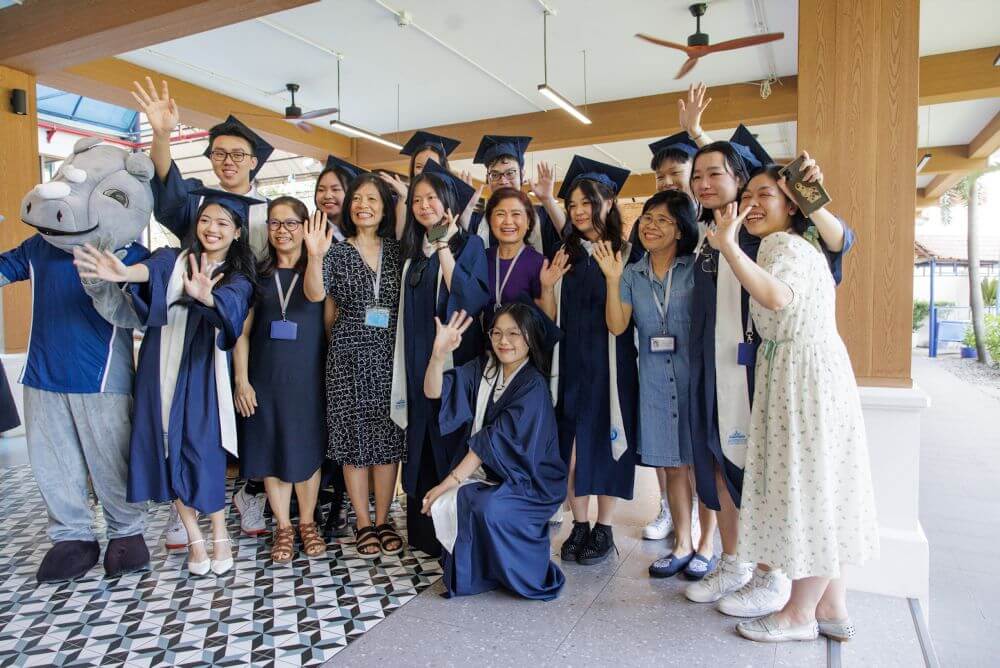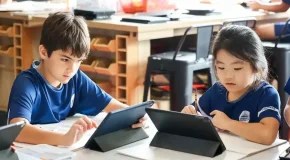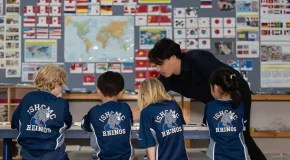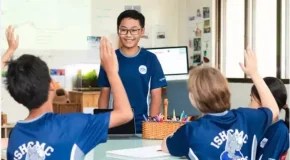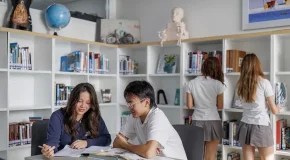Higher Education vs. Secondary Education: Understanding the Differences
Education is a lifelong journey, with each stage offering unique opportunities and challenges. Two critical phases in this journey are secondary education and higher education. While both are pivotal in shaping a student’s future, they serve distinct purposes and cater to different developmental needs.
Understanding the core differences between higher education and secondary education can help students and parents make informed decisions about academic and career paths.
Secondary education, typically encompassing middle and high school, provides a broad foundation of knowledge across various subjects such as mathematics, science, literature, and history. It aims to equip students with essential skills and prepare them for either higher education or entry-level employment.
In contrast, higher education, which includes colleges, universities, and vocational schools, focuses on specialized and in-depth study in a particular field or discipline. This phase emphasizes critical thinking, research, and advanced knowledge, preparing students for professional careers or further academic pursuits.
By examining the key differences in curriculum, teaching methods, objectives, and outcomes, we can better appreciate how each stage contributes to a student’s educational and personal growth.
Higher Education vs Secondary Education: Definition
Higher education vs secondary education presents a structured continuum within the academic landscape, each with distinct roles and objectives.
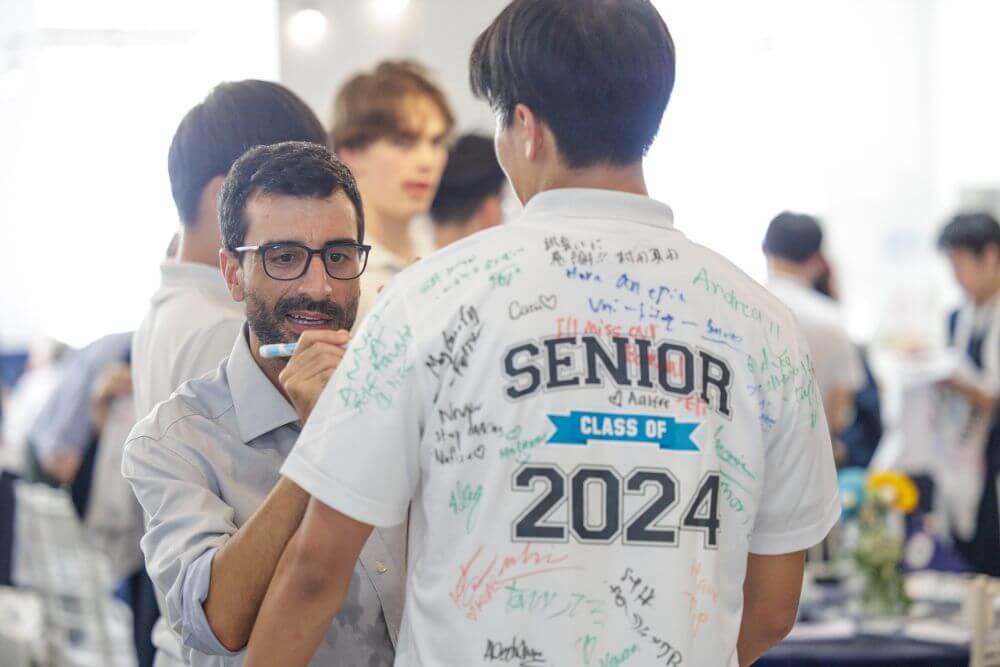
- Definition of secondary education: Spanning ages 11 or 12 through 18 or 19, secondary education is divided into lower secondary (grades 7-9) and upper secondary (grades 10-12). Lower secondary, equivalent to intermediate or junior high in the U.S., provides general knowledge and foundational skills, often concluding with examinations marking the end of compulsory education. Upper secondary follows, offering academic, technical, and vocational tracks akin to the final years of high school in the U.S. and culminates in qualifications equivalent to a high school diploma.
- Definition of higher education: Also known as tertiary education, higher education encompasses postsecondary education and includes three ISCED (International Standard Classification of Education) levels. It involves university and non-university education beyond secondary school, providing specialized academic, technical, and professional training through undergraduate, graduate, and vocational programs. Higher education aims to develop advanced knowledge, critical thinking, and professional skills, preparing individuals for specialized careers and contributing to societal advancement.
General Differences Between Secondary and Higher Education
The transition from secondary to higher education marks a significant shift in learning environments, responsibilities, and academic expectations. Here are the key distinctions between secondary vs higher education:
Learning Environment
The learning environment in higher education and secondary education differs significantly, impacting student independence and responsibility.
| Secondary Education | Higher Education |
|---|---|
| A young person’s learning environment. | An adult learning environment. |
| Dependent on parents/guardians, who can be contacted about attendance or study matters. | Attendance and study matters are not discussed with others without the student’s permission. |
| Compulsory attendance with structured timetables. | Voluntary attendance with less class contact time. |
| Teachers and parents/guardians monitor studies and follow up on schoolwork. | Students are responsible for enrolling, submitting assignments, and accessing support services independently. |
Classroom
The structure and scheduling of secondary education vs higher education classes reveal key differences in instructional delivery and student accountability.
| Secondary Education | Higher Education |
|---|---|
| School year lasts 36 weeks, subjects may run across the full year or in shorter classes. | Academic year is divided into 12-week semesters, with intense courses lasting 2-6 weeks. |
| Students spend 20-25 hours in class weekly, typically from 8:30 AM to 3:00 PM. | Classes can be scheduled from early morning to late evening on weekdays. |
| Classes generally have about 25 students, with monitored attendance. | Lectures may have over 100 students. Tutorials and practicals usually have 20-30 students. |
| Class attendance is under the careful management of teachers | Attendance is not monitored in lectures but is required for tutorials and practicals. |
Managing Your Study
Effective study management becomes important as students move from a more guided approach in secondary education to self-directed learning in higher education.
| Secondary Education | Higher Education |
|---|---|
| Teachers check homework and approach students needing assistance. | Students must complete the required readings independently. |
| Teachers will proactively approach students when identify that they need assistance | Lecturers and staff expect students to seek assistance if needed. |
| Teachers remind students of incomplete work. | Late assignments incur penalties without prior permission. |
| Minimal outside study required (0-5 hours a week). | Extensive private study is required, typically 1-2 hours outside class for each hour in class. |
| Study and revision tasks are set by teachers. | Students need to plan and manage their own study and revision tasks. |
Enrollment
Enrollment processes shift from parent-driven in secondary education to student-managed in higher education.
| Secondary Education | Higher Education |
|---|---|
| Enrollment is handled by parents/guardians before high school entry. | Students apply for university courses and must accept offers independently. |
| Continuous enrollment until graduation or leaving school. | Enrollment in specific subjects/units each semester or year is required. |
| The school tracks course enrollment and advises on subject choices. | Students are responsible for maintaining their enrollment and personal details online. Course advisers are available for assistance if needed. |
Study Expectations
Academic expectations escalate from reproducing taught content in secondary education to engaging in critical analysis and extensive research in higher education.
| Secondary Education | Higher Education |
|---|---|
| Students often need to read or hear presentations once to learn them. | Concepts and ideas are more complex, requiring regular review of notes and materials. |
| Expected to read short, specific texts. | Extensive reading lists and additional materials from books or journals are common. |
| Writing tasks may not require referencing. | Strict plagiarism policies require proper referencing of all sources. |
| The focus is on reproducing taught information or solving the problems shown. | Emphasis on analyzing information, comparing theories, and applying new knowledge to solve problems. |
Differences in Student Skills Between Higher and Secondary Education
This section delves into the critical competencies students must cultivate to excel in higher education vs secondary education settings.
Students’ Essential Skills in Secondary Education
In secondary education, students develop a range of key skills that are essential for their academic growth and personal development. These skills prepare them for higher education and their roles as informed and responsible citizens.
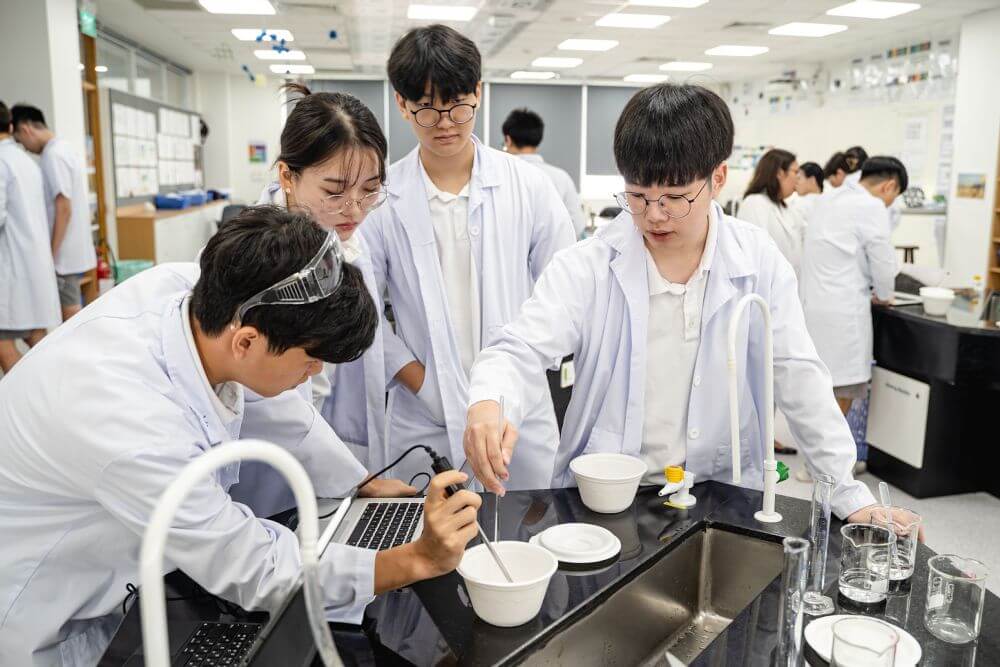
- Critical Thinking
- Students learn to analyze and make judgments about various subjects, focusing on purpose, evidence, and criteria to draw conclusions.
- They engage in inquiry investigations, exploring questions related to their studies, lives, and communities.
- Critical thinking is applied to create or transform products and solutions in response to problems, events, or needs, considering potential users or audiences.
- Creative Thinking
- Students generate novel and valuable creative ideas, whether new to them, their peers, or larger communities.
- They may derive creative ideas from play, engagement with others’ ideas, or spontaneously from their unconscious mind.
- After generating ideas, students evaluate and refine them, developing necessary skills and perseverance, often using failure productively to achieve their goals.
- Communication Skills
- Students participate in conversations, listening and contributing to develop understanding and relationships, considering diverse perspectives.
- They present their inquiries and findings to various audiences using media and technology, such as PowerPoint presentations or videos.
- Collaborative work is emphasized, where students plan and execute projects, solve problems, and reflect on their learning experiences through presentations and self-assessments.
- Personal Awareness & Responsibility
- Students develop a sense of personal efficacy and confidence, expressing their needs, seeking help, and advocating for themselves.
- They take responsibility for their actions, setting goals, monitoring progress, and regulating their emotions, recognizing that learning requires patience and perseverance.
- Personal wellness is prioritized, with students managing their physical and mental health, making safe choices, and finding strategies for peace in challenging situations.
- Social Responsibility
- Students work independently and collaboratively to benefit others, communities, and the environment, developing an appreciation for different perspectives.
- They generate and evaluate strategies to resolve problems, value diversity, and advocate for human rights and ethical interactions, including online.
- Positive relationships are fostered across diverse and intergenerational contexts, emphasizing the importance of social responsibility.
- Positive Personal & Cultural Identity
- Students understand how cultural and relational contexts shape their identities, recognizing the influence of ethnicity, nationality, language, gender, and other factors.
- They define their values and understand how life experiences shape their choices and actions.
- Acknowledging their strengths and abilities, students see these as assets in their personal and community lives and understand their unique roles within larger communities.
Students’ Essential Skills in Higher Education
In higher education, students build upon the foundational skills developed in secondary education, advancing to more complex and specialized competencies. These skills are critical for academic success and future professional endeavors.
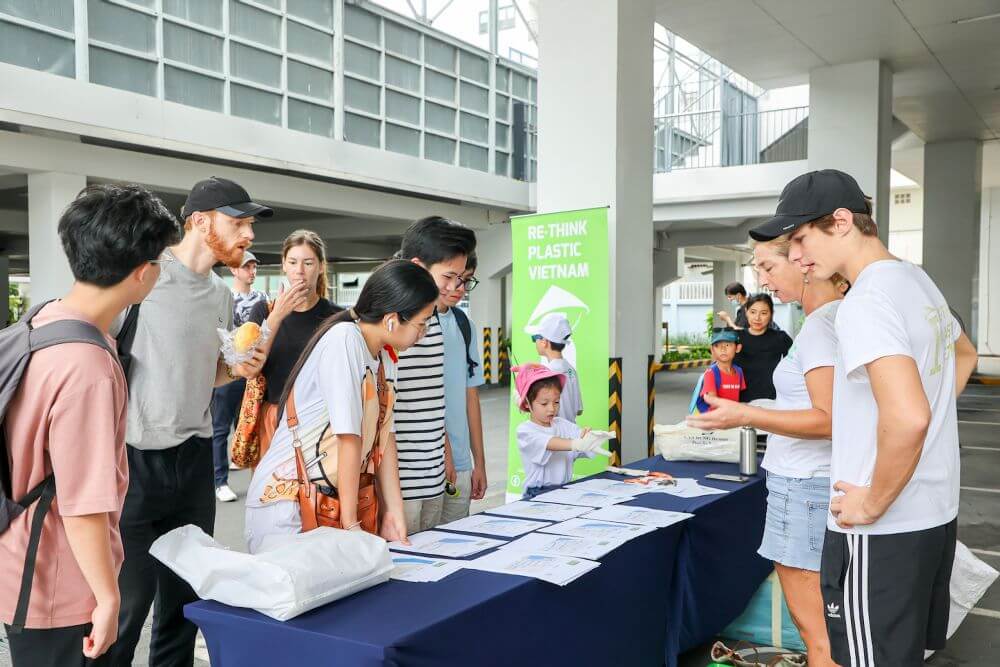
- Liberated Learning
- Higher education fosters a desire to seek knowledge and acquire new skills, reigniting curiosity.
- Students are encouraged to learn independently, setting their own goals and exploring new areas of knowledge.
- Deep Thinking
- Deep thinking combines critical reasoning and reflective mindfulness. It requires the appraisal of information for reliability and authenticity.
- Deep thinking involves exploring underlying causes and effects, considering ethical implications, and assessing long-term consequences.
- Deep thinking involves considering the long-term consequences and ethical implications of decisions and actions. It requires students to think beyond the immediate and analyze how their choices will impact the future.
- Clear Communication
- Clear communication encompasses oral and written skills, emphasizing empathy and emotional awareness.
- Effective communication is a must-have skill for leadership, inspiring change, and conflict mediation.
- Students learn to use storytelling, data visualization, and collaboration across various platforms to convey their ideas.
- Focused Resilience
- Focused resilience involves transitioning from theoretical exercises to real-world problem-solving with sustained concentration.
- Success depends on perseverance, learning from failure, and seeking feedback from impartial critics.
- Clear Writing
- Clear writing skills enable students to express ideas and arguments concisely and coherently, free from spelling and grammatical errors.
- Writing should flow within a unifying theme, ensuring clarity and precision.
- This competency is vital for academic papers, reports, and professional documentation.
- Numeracy
- Numeracy skills extend beyond basic arithmetic to include quantitative reasoning and statistical inference.
- Students learn to apply multivariate analysis and estimate effect sizes in various contexts.
- Proficiency in numeracy is the foundation for data analysis, research, and problem-solving.
- Financial Acumen
- Financial acumen involves budgeting, meticulous record-keeping, and understanding the time value of money.
- These skills are essential for project management, financial accountability, and audits.
- Students gain practical knowledge of managing finances effectively in personal and professional settings.
- Computing Expertise
- Computing expertise ranges from basic word processing and file management to advanced coding and data storage design.
- Students develop skills in using software and technologies relevant to their fields of study.
- Proficiency in computing is increasingly important across diverse disciplines.
- Design Skills
- Design skills emphasize the aesthetics and functionality of student work, including layout, color choice, and creativity.
- Craftsmanship should exhibit elegance and attention to detail, reflecting thoughtful design thinking.
- Students learn to plan proactively, considering their projects’ artistic form and practical function.
Expectations of Secondary Students Regarding Higher Education
Secondary students have various expectations regarding their transition to higher education, encompassing academic, social, and personal development. Here are 8 key expectations of secondary students regarding higher education:
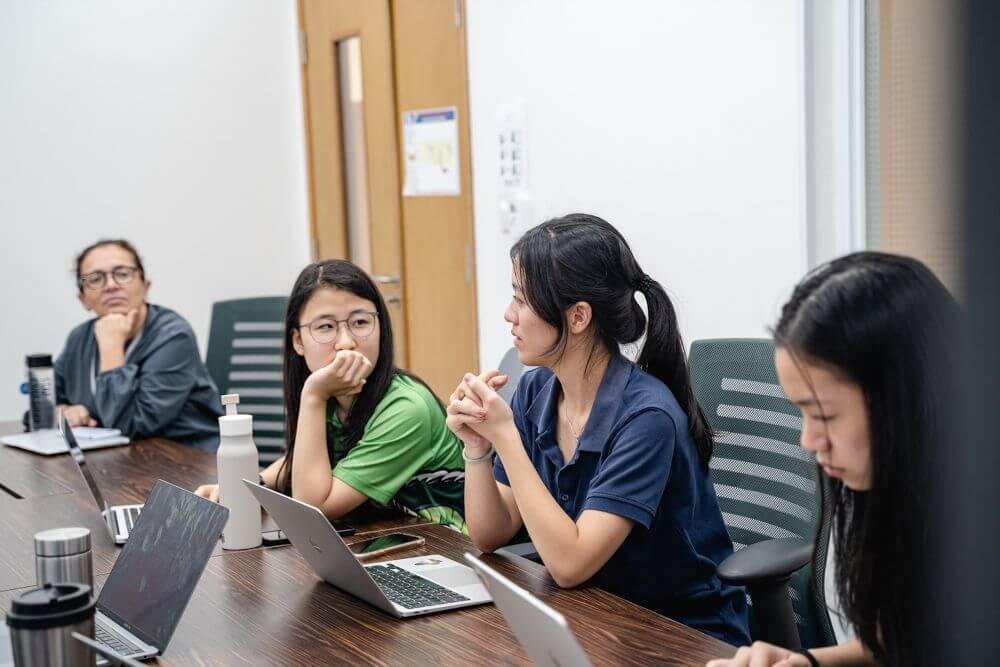
- Individual and Social Development: Students expect higher education to facilitate the development of competencies, social skills, and self-knowledge, including navigating digital communities. They anticipate a supportive environment where they can grow personally and socially, fostering connections and communication within virtual networks.
- Teachers as Mentors: Students expect teachers to serve not only as academic instructors but also as mentors, providing guidance, sharing experiences, and offering advice for academic, professional, and social life. They look to teachers for support in developing competencies and skills necessary for success and guidance for their future paths.
- Sense of Belonging: A sense of belonging helps students integrate into university life and encompasses experiences throughout their academic journey. Students anticipate being part of a larger community where values, cultures, and aspirations are expressed through symbols, routines, events, and relationships.
- Innovative and Effective Methods and Technologies: Students expect teaching methods and learning technologies to be aligned with contemporary contexts, influencing satisfaction, retention, and academic success. These methods and technologies contribute to student satisfaction and academic success.
- Dynamic Curriculum: Students expect a curriculum that responds to current social scenarios and prepares them for future challenges in both academic and professional spheres. Communication and feedback channels with students are essential for curriculum adjustments.
- Communication and Feedback: Effective communication and responsiveness between higher education institutions (HEIs) and students are essential in traditional and virtual environments. Students value quick communication and feedback on various issues.
- Getting Qualifications (Employability): Students expect higher education to enhance their employability with vocational training and practical skills. Skills and abilities should align with the demands of the contemporary labor market for professional roles.
- College Life Support: Transitioning from secondary to higher education involves various challenges, and students expect support throughout their academic journey. Higher education institutions should support academic mobility, social inclusion, and internationalization to enhance students’ overall experience and promote intercultural learning.
Prepare for Higher Education with ISHCMC
At ISHCMC, understanding the higher education vs secondary education differences gives us the insights to help students navigate this transition successfully.
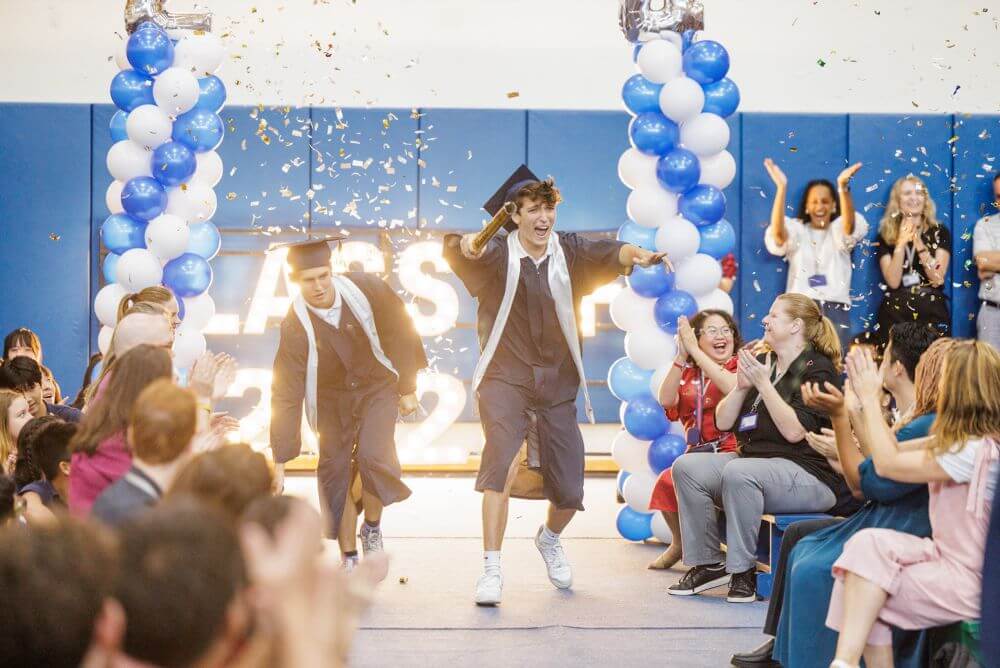
ISHCMC offers the IB Diploma Programme which is designed to equip students with the academic skills, values, and life skills necessary for university study and beyond. The IB Diploma Programme provides a challenging yet balanced curriculum that fosters critical thinking, communication, a global mindset, and personal development, aligning with the demands of higher education.
Take the first step towards your children’s future academic success and apply for the IB Diploma Program at ISHCMC today!

